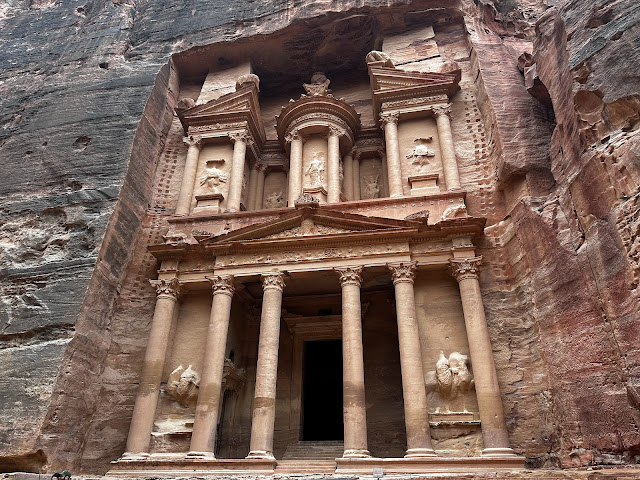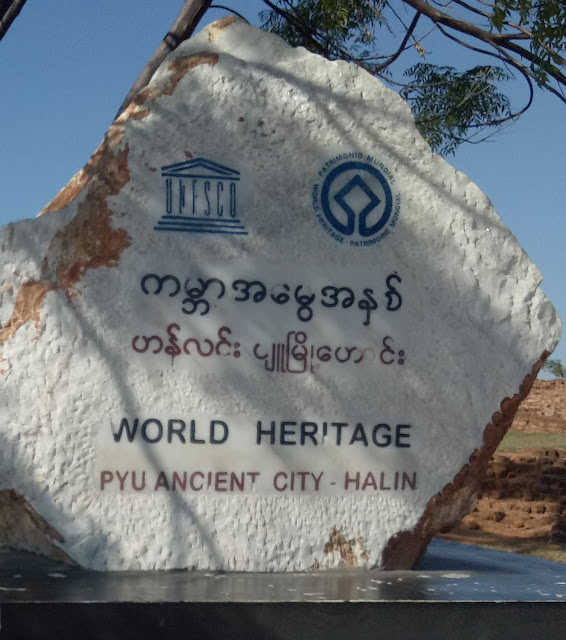Primarily
named after the characters of the Hindu epic Mahabharata, the temple compounds
located in the Dieng Plateau in Central Java has been dated as far back of the
7th to 8th Century CE. Even though most tourists
venturing on cultural escapes in Indonesia frequently visits the world heritage
sites of Borobudur and Prambanan Temple complexes, Dieng Plateau is frequently
overlooked due to being unaware of its’ existence as much as difficulty of
access. After all, the trip to the temple compound which is located nearly
2,100 m above sea level could take over 3 hours from Yogyakarta even with
private transportation.
Dieng temples are some of the
oldest surviving religious structures in the island of Java, and the earliest
Hindu temples found in Indonesia. The temples which resembles many features of
Indian Hindu Temple Architecture has been dedicated to Lord Shiva.
No written information has
been discovered about the history of the Dieng Plateau. However, it is believed
that the temples may have been either built during the time of the Kalingga
Kingdom: a 6th Century Indianized Kingdom on the North of Central
Java or during the time of its’ successors, the Medang (Mataram) Kingdom which
was ruled by the Sailendra Dynasty which ruled between 8th Century CE
to 11th Century CE.
Today, Dieng Plateau consists
of three compounds named Arjuna, Gatotkaca and Dwarawati as well as an
individual temple named Bima.
Candi
Arjuna or the Arjuna temple compound is in the middle
of the Dieng Temple area. It comprises of five temples. Four of them: Arjuna,
Srikandi, Puntadewa and Sembadra have been constructed in a row from North to
South whereas the fifth temple named Semar has been constructed in front of Arjuna temple.
 |
Arjuna Temple Compound - north to south view
|
 |
Arjuna Temple Compound - south to north view
|
 |
Candi Arjuna
|
 |
Candi Srikandi
|
 |
Candi Puntadewa
|
 |
| Candi Semar |
Candi
Gatotkaca or the Gatotkaca temple compound
have originally consisted of five temples: Gatotkaca, Setyaki, Nakula, Sadewa,
and Gareng. However, today only the Gatotkaca
temple remains intact.
 |
Candi Gatotkaca
|
 |
| Candi Gatotkaca - side view |
Similarly, Candi Dwarawati or the
Dwarawati temple compound have originally consisted of four temples: Dwarawati,
Abiyasa, Pandu, and Margasari. However, only
the Dwarawati temple remains relatively intact as of now.
Candi
Bima or the Bima temple is a solitary temple
situated on a hill separated from the other temples of the Dieng Plateau. It
also is the largest and tallest among the Dieng temples which are still intact.
 |
Candi Bima
|
 |
| Candi Bima - side view |
Dieng temples receive much
less visitors than the surrounding attractions of Sikidang Crater and Warna
Lake (Telaga Warna). However, with some
structures still under restoration and increased awareness, this historical
site which may not have been even visited by most locals could one day become a
major attraction for those with a thirst for history.
 |
| Warna Lake (Telaga Warna) |














Comments
Post a Comment